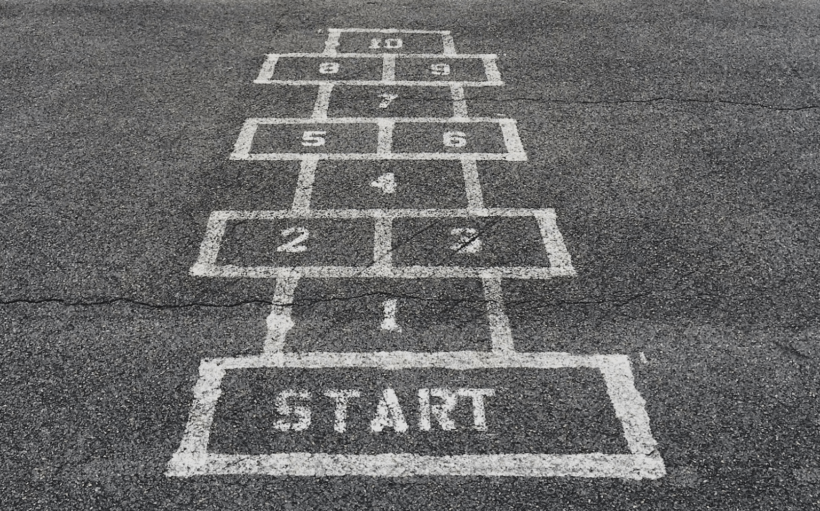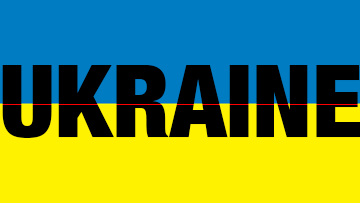Language plays an important role in understanding the concept of numbers.
By Marjorie Hecht
Numeracy or numerosity, the ability to think about and use numbers, varies among human cultures and within populations, much like intelligence does.
Many known languages, for example, have no words for numerals above 2 or 3. A linguist who curated a database of the world’s languages in 2015 estimated that of the 6,880 languages for which there are published data on numerals, 1,093 had a counting system that ends at 2 or 3.
Compare that lack of a developed counting system to today’s technologically complex societies, where the average person encounters about 1,000 numbers an hour in daily life, as estimated by cognitive neuroscientist Brian Butterworth, professor emeritus at University College London.
At a simple level, we keep time, keep a calendar, memorize addresses and phone numbers, and at a more complex level, we calculate interest rates and stock valuations, election vote percentages, temperatures and rain accumulations, missile trajectories, and astronomical relationships.
Cultures With Restricted Numeracy
What does a culture with a restricted number system look like? Early reports of this came from 16th-century explorers, who described the hunter-gatherer tribes they found, for example, the Taino and Tupinambá in the Americas. Anthropologists later documented hundreds of other societies that only used numbers up to 2 or 3.
Today, the Pirahã in Brazil are “the only known tribe/people whose language and culture appear not to have progressed beyond an analog notion of magnitude, similar to that of higher animals,” an applied mathematician wrote in 2023 in his review of prehistoric mathematics origins. The cultural reason suggested for this is that the Pirahã “reject the value of future planning and are completely non-materialistic.”
Anthropologist Caleb Everett, the son of missionaries who lived with the Pirahã in his youth, describes the tribe as “cognitively normal and well-adapted” to their environment, with a “superior understanding” of their river ecology.
The Pirahã number about 700 people and live in very small villages along the Maici River, a small tributary of the Amazon. They are semi-nomadic and thus have regular contact with outsiders. A comprehensive 2011 review of Pirahã numeracy described experiments in two Pirahã villages to test whether tribal individuals could match quantities larger than 3, which is where their number system ends. Matching consisted of selecting how many empty rubber balloons would match three spools of thread in various arrangements.
Everett and co-author Keren Madora reviewed previous research on the Pirahã and numeracy that had contradictory results about the Pirahã ability to make one-to-one number correspondence for quantities greater than 3. The reason, Everett and Madora suggested, is that the Pirahã have no number words for integers more than 3. They based their conclusion on fieldwork that Madora did with the Pirahã.
Madora, who has 30 years of experience speaking the Pirahã language, spent months in one village, and at the request of the Pirahã, taught them basic arithmetic. To do this, she invented words for numbers 4 through 10, based on their existing word for hand. After becoming familiar with the new number words, the research review stated that the Pirahã demonstrated “heightened performance on the one-to-one matching task.”
The researchers concluded that exact recognition of quantities greater than 3 “relies on a culturally constructed conceptual tool, namely precise number terminology, which is not universal to all human societies.”
The Brain and Numbers
The fact that members of a society with a restricted number system could accurately work with numbers larger than three when adult individuals were taught new words for larger numbers indicates both the importance of a language for numbers and the inherent ability of the human brain to develop.
Perhaps there is a capacity for numeracy, whether or not it is developed across all human cultures and within cultures. Studies of the brain and numeracy may provide evidence of whether a capacity for numeracy is universal, even when a language for numbers is not.
Today advanced imaging technologies, including magnetic resonance imaging (MRI) and other neuro-imaging methods, can help assess the capacity for numeracy by identifying the brain cortex areas and neural networks associated with specific skills in math competence.
A 2023 review of the neural bases of math competence proposed that a “distributed and interconnected network of regions across the brain, primarily focused on frontal and parietal cortices” is key for complex math skills. The frontoparietal area of the brain is generally the control network responsible for coordinating goal-directed tasks.
For adolescents with better math ability, the review reported that gray matter volume in the frontoparietal area is important, as is the thinning of the cortex and having a larger frontoparietal network surface. The authors of the review also emphasized that “cortical plasticity” in childhood makes it an important time for math training.
The authors noted that although the number of studies investigating the effects of short-term math training on children is “scarce,” the existing studies demonstrate that proper training improves “neural processing and function.” They also cited one study that “showed that aerobic fitness training could improve children’s math learning outcomes via cortical thinning.”
Overall, studies show that math training improves neural efficiency in math, and over time, makes specific math tasks more automatic. Not surprisingly, math skills were associated with general intelligence, reading capability, and cognitive ability.
More studies are needed, the review concluded, to examine specific neural connections in math abilities. Importantly, the authors also cautioned that the present studies’ conclusions don’t permit “causal relations” between brain structure and math abilities, only correlations.
What Are Numbers and Which Species Can Count?
A continuing controversy in the study of numeracy is whether number sense precedes language historically, or vice versa. Another debated question is whether number literacy is the basis for abstract thinking.
Homo sapiens may be the only species with symbolic thinking, but research has demonstrated that many animal species can count and that the neural mechanisms involved may be similar to those of humans. As one specialist in psychology and language described it, “animals are mathematically inclined, but only to a certain degree.” This researcher noted, for example, that monkeys could remember and compare sets of numbers (performing similarly to young children) and could learn the meaning of Arabic numerals.
Comparing numbers is important for animal survival. “Any creature that can tell the difference between a tree with 10 pieces of fruit from another with only six pieces, or between two predators and three on the horizon, has a better chance of surviving and reproducing,” the researcher commented.
It’s not only primates that can perform numerical comparisons: Studies have shown that other mammals (including dogs, cats, rodents, and dolphins) and some species of fish, birds, reptiles, and amphibians can also discriminate between numbers to varying degrees. A detailed 2021 neuroscience review of “how evolution shaped different animal brains to process numerical information” points out what is now known and the research needed.
From Restricted Numeracy to Calculus
How Homo sapiens evolved from having rudimentary numeracy to using calculus is a fascinating question.
Did numeracy start with our hands and feet, as some linguists, anthropologists, and others suggest? Most of the world’s number systems use multiples of base 5, 10, or 20—corresponding to the number of fingers on one hand, two hands, plus the toes on both feet. The word “five” in many languages is derived from the word for “hand,” Everett wrote.
Others argue that numeracy is inherently abstract. University of Bologna philologists Miguel Valério and Silvia Ferrara wrote in 2020, “Linguistic evidence does not support an evolution of numbers from concrete to abstract. There is no evidence that early numbers were conceived as fused with counted objects.”
The authors reviewed the early Mesopotamian development of language and counting, as well as that of other ancient cultures where writing might have been independently invented and concluded that numbers were “always abstract.”
The convergence of number development and writing, they wrote, “pivots on the appearance of power-based systems of number notation.” In other words, a system of notating numbers came into being using a number base and its powers and this coincides with the beginning of writing in Mesopotamia.
Further evidence to support the argument that numeracy is abstract comes from experiments with newborn infants. An international group of researchers, writing in 2008, showed that newborns “spontaneously associate stationary, visual-spatial arrays of 4–18 objects with auditory sequences of events on the basis of number.” In other words, the infants recognize and compare numbers when they hear and see them.
The experiments familiarized the infants with a particular sequence of sounds or images and then measured the length of their gaze when presented with matching or non-matching sequences. The infants looked longer at the matching sequences.
The authors concluded: “Their performance provides evidence for abstract numerical representations at the start of postnatal experience.”
An Open Field of Study
Many fascinating questions remain in the study of numerosity in humans and animals in addition to those discussed here. For example, did numerosity lead to the cognitive basis for abstractive and symbolic thinking? Or what role did plants play in the human development of mathematics?
Finally, some of the research on this subject is quite practical: It can have immediate application to helping children and adults with math learning difficulties, so that fewer people will be able to say, “I’m not good at math.”
This article was produced by Human Bridges.
Marjorie Hecht is a longtime magazine editor and writer with a specialty in science topics. She is a freelance writer living on Cape Cod.










